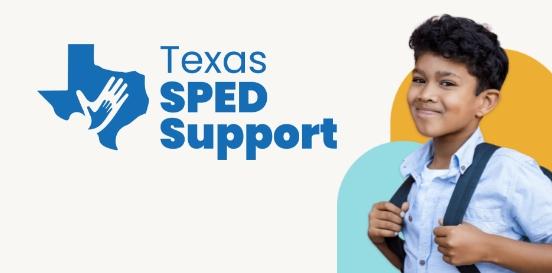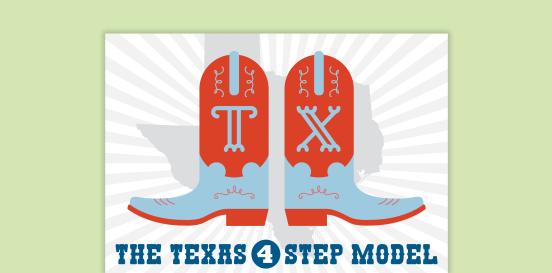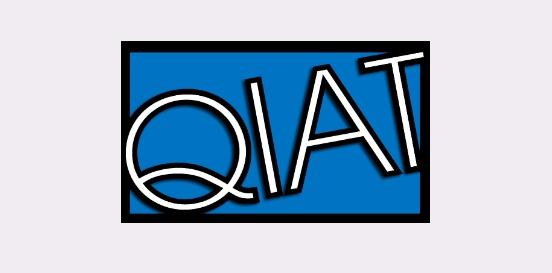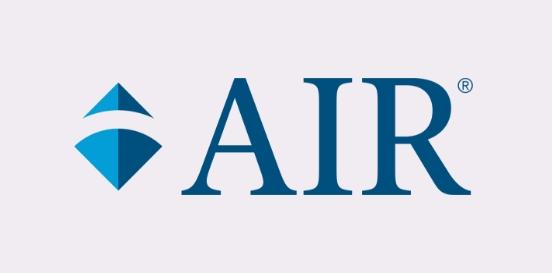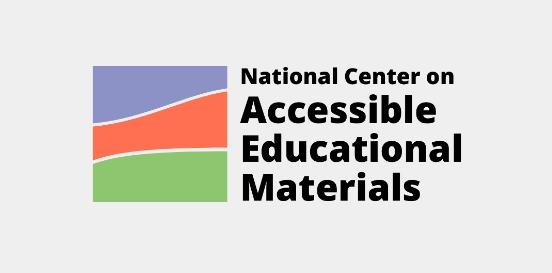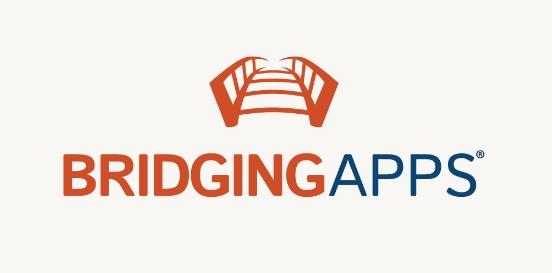Speech-to-Text (STT)
A program on an electronic device that recognizes speech and is able to convert it to print or from print to speech.
Considerations
Take the following considerations into account when selecting and implementing AT to ensure that the chosen tools are well-suited to the student’s needs, align with their goals, and seamlessly integrate into their educational journey. By embracing a collaborative approach and considering the specific skills, tasks, and implementation context, educators can provide students with the necessary support to thrive academically and functionally, promoting inclusivity and fostering their overall success.
Skills and Tasks What skills or tasks will the student utilize this tool for? What areas, functional or academic, does this tool support?
- Note-taking
- Writing
- Language
Implementation Context In what activities, classes, or environments will the student utilize this tool?
STT, commonly known as "speech-to-text," "voice-to-text," "voice recognition," or "speech recognition," serves as a valuable aid for students facing challenges in writing. With STT, students can transcribe their spoken words into text, offering an alternative to traditional handwriting or keyboard typing. STT technology can be immensely beneficial for students in schools as assistive technology, especially for those with learning disabilities, physical disabilities, or language barriers. Here's how it can help:
- Accessibility: Students with dyslexia or other learning disabilities can benefit from having spoken words converted to text, making it easier for them to comprehend and engage with written material.
- Note-taking: Students who struggle with handwriting or typing can use speech-to-text software to take notes during lectures or discussions more efficiently. This can also benefit students with physical disabilities that affect their ability to write or type.
- Improved writing skills: By dictating their thoughts aloud, students can focus more on the content of their writing rather than the mechanics of typing or handwriting. This can help them express themselves more effectively and develop stronger writing skills.
- Language support: Students who are learning a second language can use speech-to-text technology to practice pronunciation and improve their language skills by speaking aloud and seeing the text transcribed.
- Assessment accommodations: Some students may require accommodations for assessments, such as exams or quizzes. Speech-to-text technology can provide a means for these students to complete written assignments or exams more comfortably and effectively.

